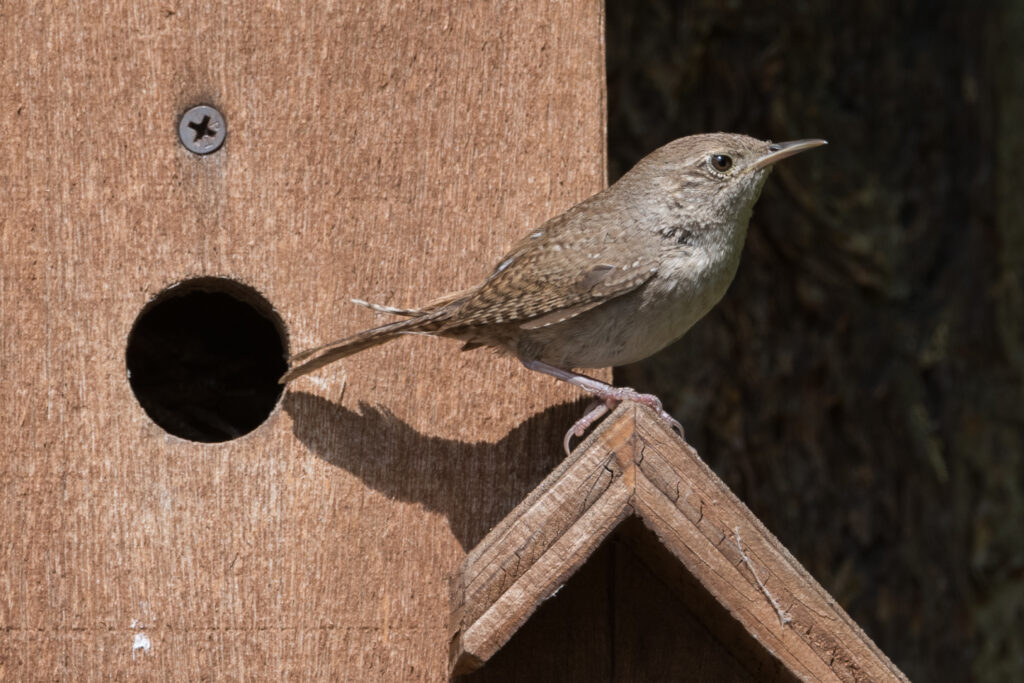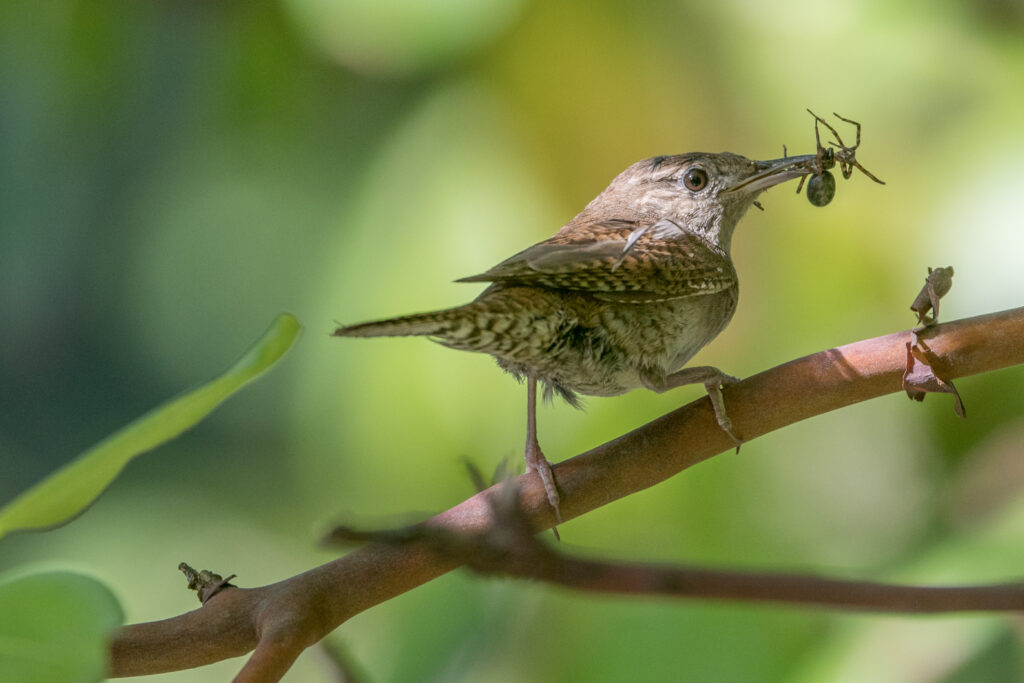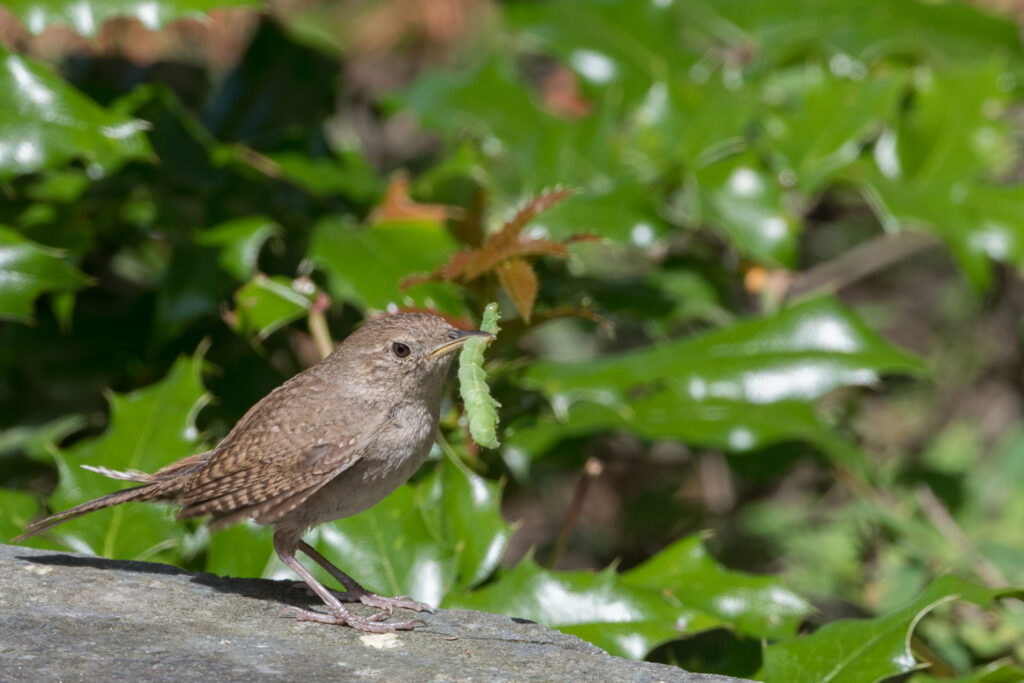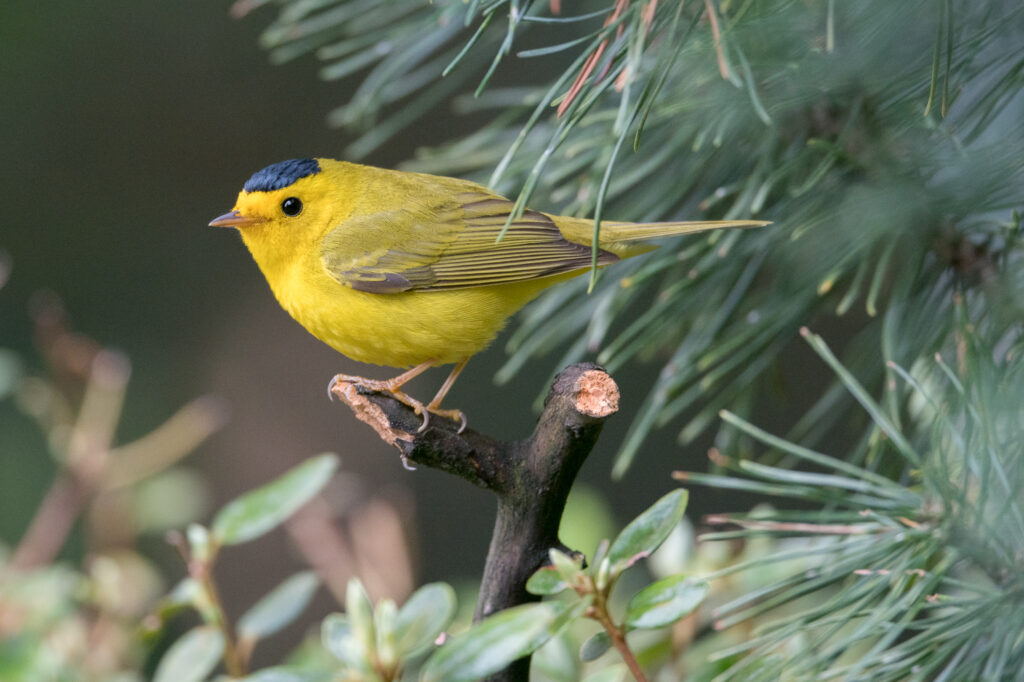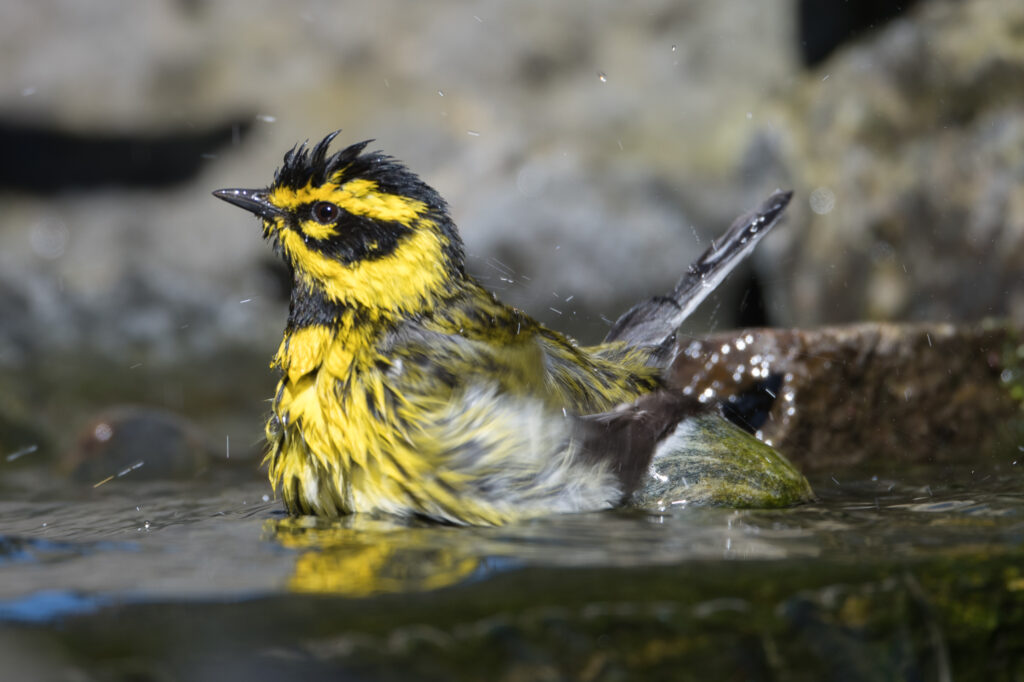My photography has suffered over the past several weeks… full sun on most days. The sun introduces shadows which are caused by twigs, leaves and even the birds themselves. The sun also has a tendency to wash out colors and add contrast, all of which is not conducive to quality bird photography.
On July 8, 2023, we had an overcast morning so I spent some time in the yard with my camera. The sun broke out mid-afternoon but by then some of the yard was in shadow, so I had a second session in the yard later in the day.
Our yard has been devoid of what I consider interesting birds since the end of May. Among other disappointments, I haven’t seen a single warbler since May 31! We usually have a few interesting visitors during the summer but this year no waxwings, crossbills, flycatchers, vireos or other interesting birds are gracing our yard. We have had a wide variety of juveniles from successful breedings but to a great extent the sun has kept me from obtaining quality photos of the juveniles.
At the end of the winter we had a covey of some 18 California quail visiting the yard and we were expecting a banner crop this year, but the one or two coveys visiting the yard only have 3-5 juveniles, down from the 12+ we usually see. And this year we didn’t see the chicks until they were larger in size than in previous years. I was finally able to obtain some quality photos of the juveniles on July 8, but the juveniles are past the small chick phase.
This male California quail was performing sentry duty while the chicks fed…

Two of this covey’s four chicks were venturing out for a water break…

And this was the opportunity for a photograph for which I had been waiting for a few weeks…

The day’s overcast also allowed me to obtain some good photos of a few of our other residents.
Red-breasted nuthatch…


Male juvenile Downy woodpecker…
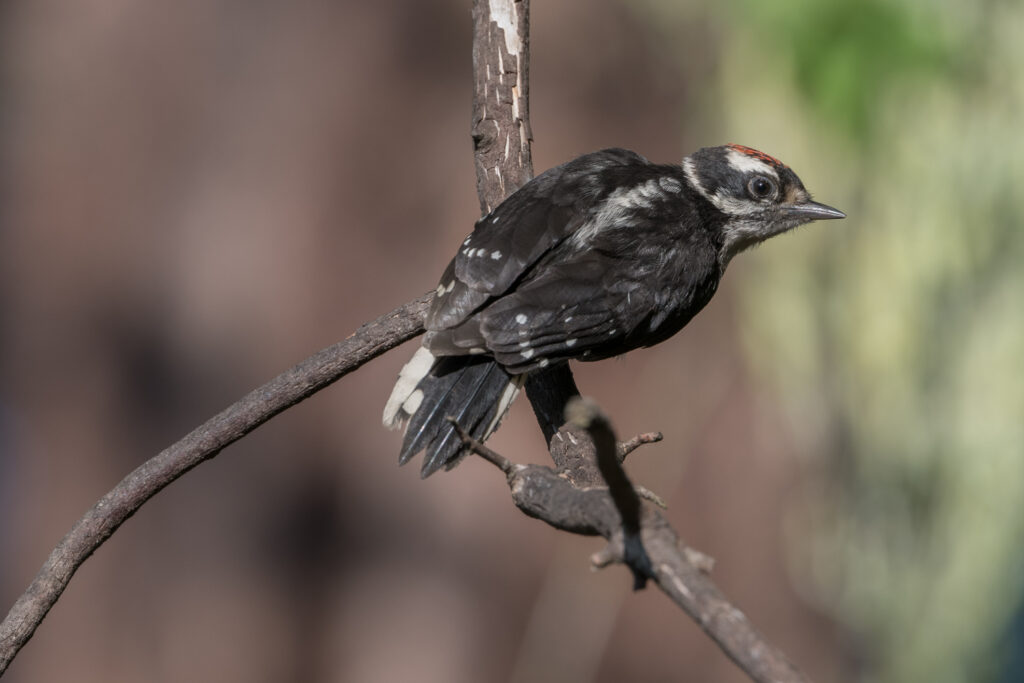
Male American goldfinch eating salvia seeds

Male Anna’s hummingbird, probably a juvenile born this year…

Male House finch…
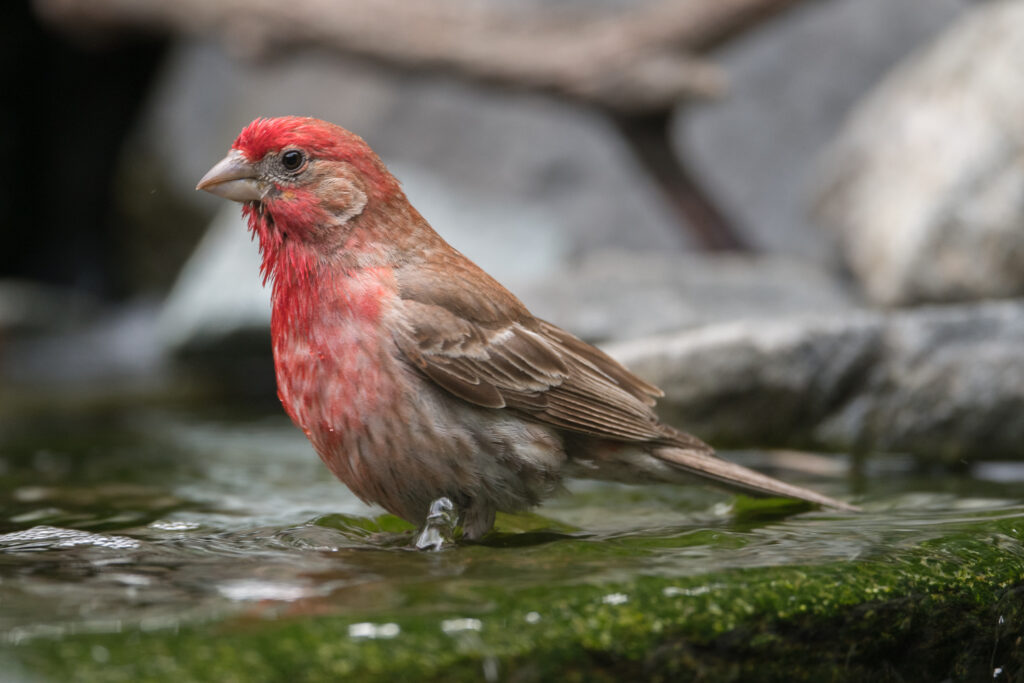
For the past week or so we have had at least one Bewick’s wren that has been spending significant time in the yard. It’s been difficult to photograph because it almost never stops moving, spends most of its time undergrowth and hasn’t come anywhere near me…
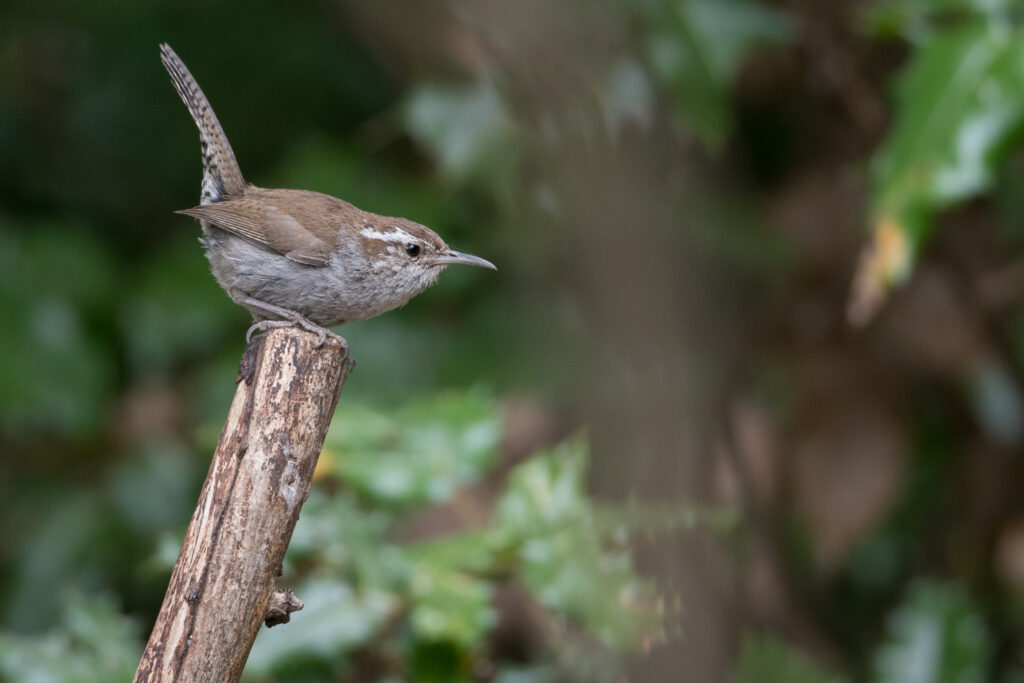
Finally, I want to mention that on July 7, I made a trip to the Skagit Wild Bird Store and as I left the store I noted an American kestrel on a Memorial Highway power line near the store. I consider the species fairly rare in the area at this time of the year.

